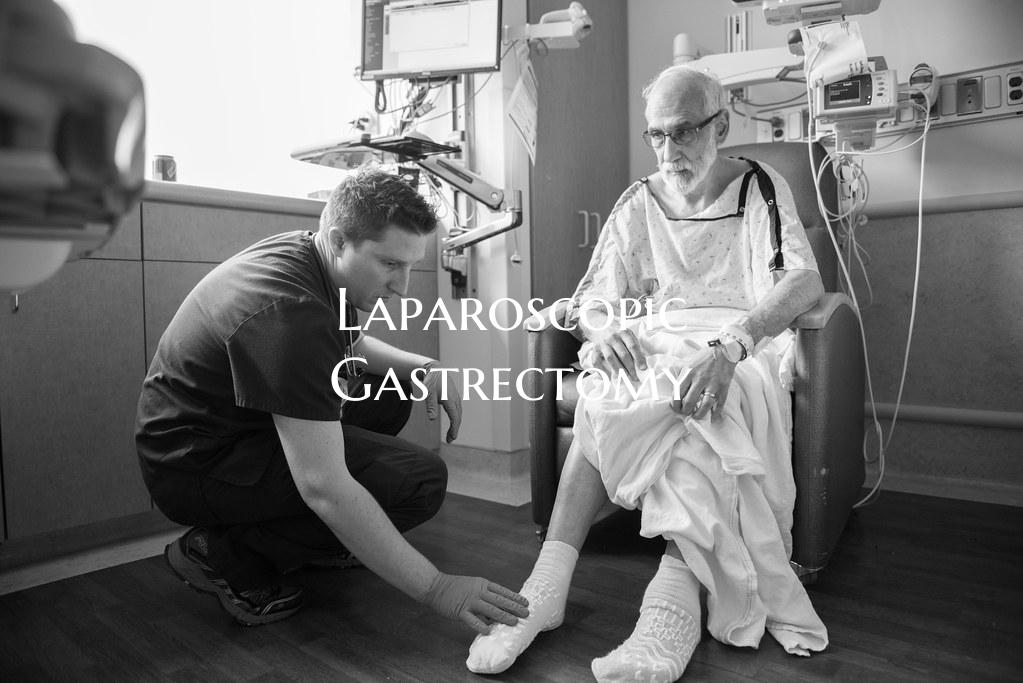
Laparoscopic Gastrectomy
Laparoscopic gastrectomy is a cutting-edge surgical technique that has revolutionized the treatment of various gastric conditions. This minimally invasive procedure involves utilizing a laparoscope, a thin tube with a camera and surgical tools, to remove part or all of the stomach. It is commonly used in the treatment of gastric cancer, obesity, and other gastrointestinal disorders.
One of the key advantages of laparoscopic gastrectomy is its minimally invasive nature, which results in smaller incisions, reduced risk of complications, and faster recovery times compared to traditional open surgery. Patients undergoing this procedure typically experience less pain and scarring, shorter hospital stays, and a quicker return to normal activities.
The procedure begins with the surgeon making several small incisions in the abdomen to access the stomach. The laparoscope provides a clear view of the surgical site, allowing the surgeon to perform precise movements to remove the diseased portion of the stomach. Advanced technology and specialized instruments enable the surgeon to complete the procedure with high accuracy and minimal disruption to surrounding tissues.
Patients undergoing laparoscopic gastrectomy can expect a comprehensive pre-operative assessment, including imaging studies and consultations with a multidisciplinary team of healthcare professionals. Post-operative care may involve close monitoring, pain management, dietary adjustments, and follow-up visits to ensure a smooth recovery process.
Overall, laparoscopic gastrectomy offers patients a safe and effective treatment option for various gastric conditions, with the potential for improved outcomes and quality of life. As with any surgical procedure, it is important for patients to discuss the risks, benefits, and expectations with their healthcare providers to make informed decisions about their treatment plan.